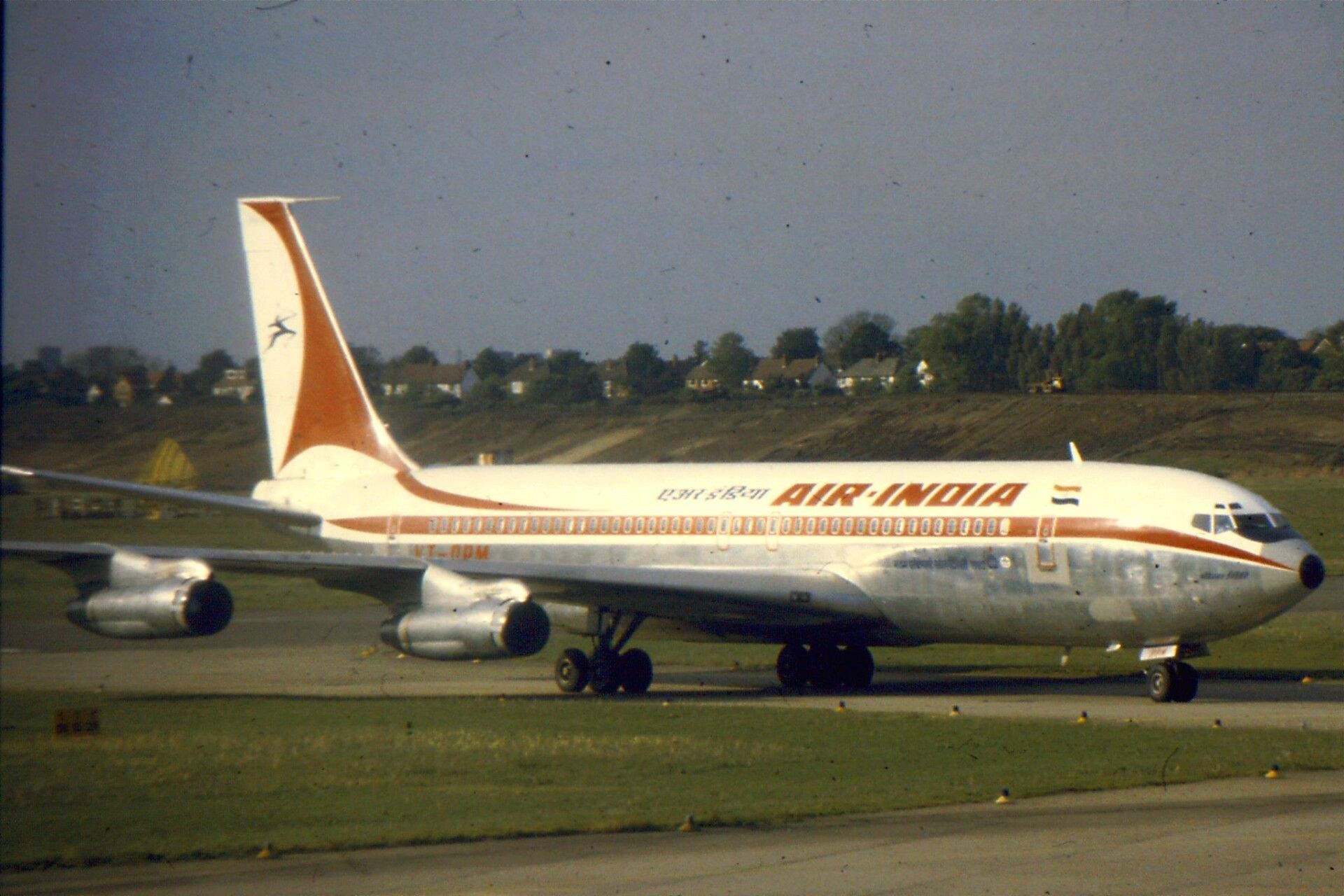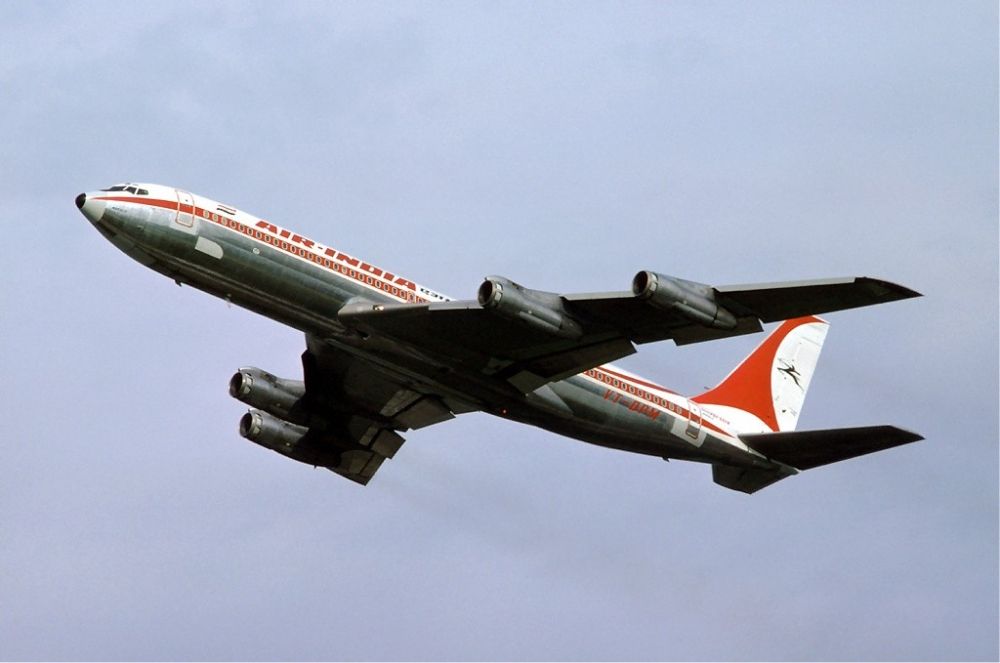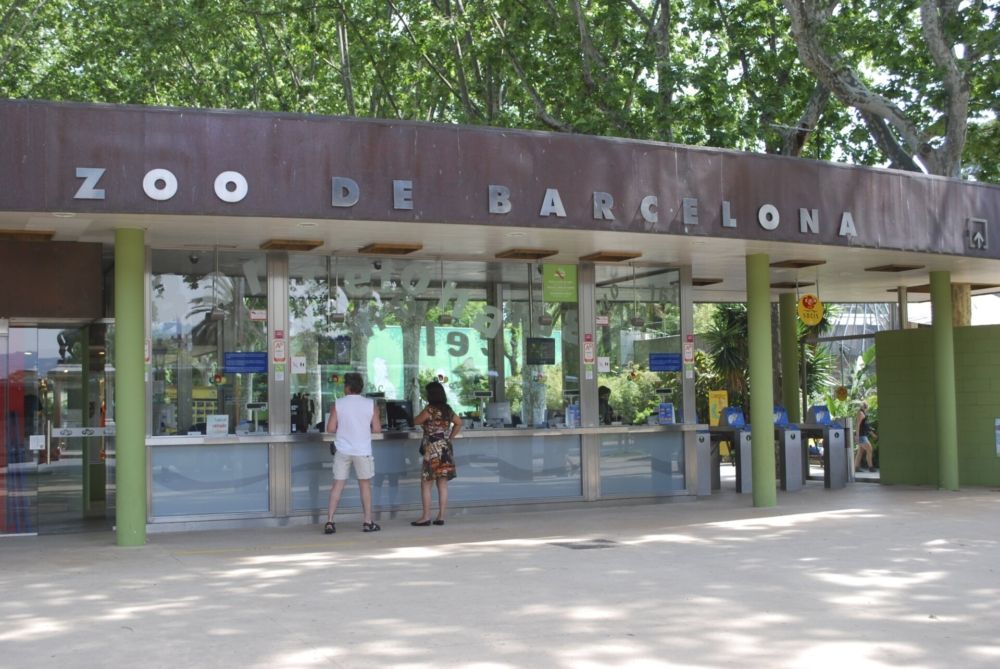Every now and then, stores of exotic animals being transported by plane catch the world's eye. As it happens, this is not a new phenomenon, with Air India having flown an elephant to Geneva more than 50 years ago. The reason for its journey concerns a series of ashtrays designed by Spanish surrealist artist Salvador DalÃ. Let's take a look at what happened.
Specially commissioned gifts
Airlines like to offer premium passengers all kinds of little gifts to make their journey more memorable. Perhaps the most notable of these are KLM's Delft pottery houses. The Dutch flag carrier has been gifting these to long-haul business class travelers since back in 1952.
In 1967, Air India wanted to treat its first class passengers to a similar memento. For this, it enlisted the help of none other than legendary Spanish surrealist painter Salvador DalÃ, who designed a series of porcelain ashtrays for passengers. Of course, this was during the time when passengers were still permitted to smoke onboard commercial aircraft.
According to Quartz India, several hundred of these ornate souvenirs were produced. The design featured animals such as elephants, serpents, and swans, and celebrated the magic of India. Interestingly, Dalà asked for the former of these animals as payment for his design, rather than money. This presented an interesting logistical challenge for Air India.
Stay informed: Sign up for our daily and weekly aviation news digests.
A flying elephant
Following DalÃ's request for a baby elephant as his payment for the ashtrays, Air India also opted to provide him with a trainer known as a mahout. The airline flew both the trainer and the elephant to Europe from Bangalore/Bengaluru. While Dalà was based in Spain at the time, the elephant's journey by air only took it as far as the Swiss city of Geneva.
A possible reason for this is the fact that Air India was accustomed to flying into Geneva as a stopover on its London-bound routes during the 1960s. The Hindustan Times notes that the journey from Geneva to Spain was completed by truck. The elephant, which Dalà named Surus, lived with the painter until 1971, when he donated it to the Barcelona Zoo.
The challenges of transporting animals
Transporting animals by air is a complex and challenging matter. While they require different creature comforts to human passengers, their safety and wellbeing remain paramount. Depending on the animals, this can require extensive work. For example, FedEx used a custom steel and plexiglass crate when it flew a panda from the US to China in 2019.
Some events require animals to be transported in much larger numbers. For example, for this year's Tokyo Olympics, Emirates was instrumental in bringing several hundred horses to the sporting spectacle. More recently, a Boeing 747-400F undertook the largest white rhino translocation ever, transporting 30 of the creatures from South Africa to Rwanda.
What do you make of this story? Have you ever seen an animal onboard a flight? Let us know your thoughts and experiences in the comments!



